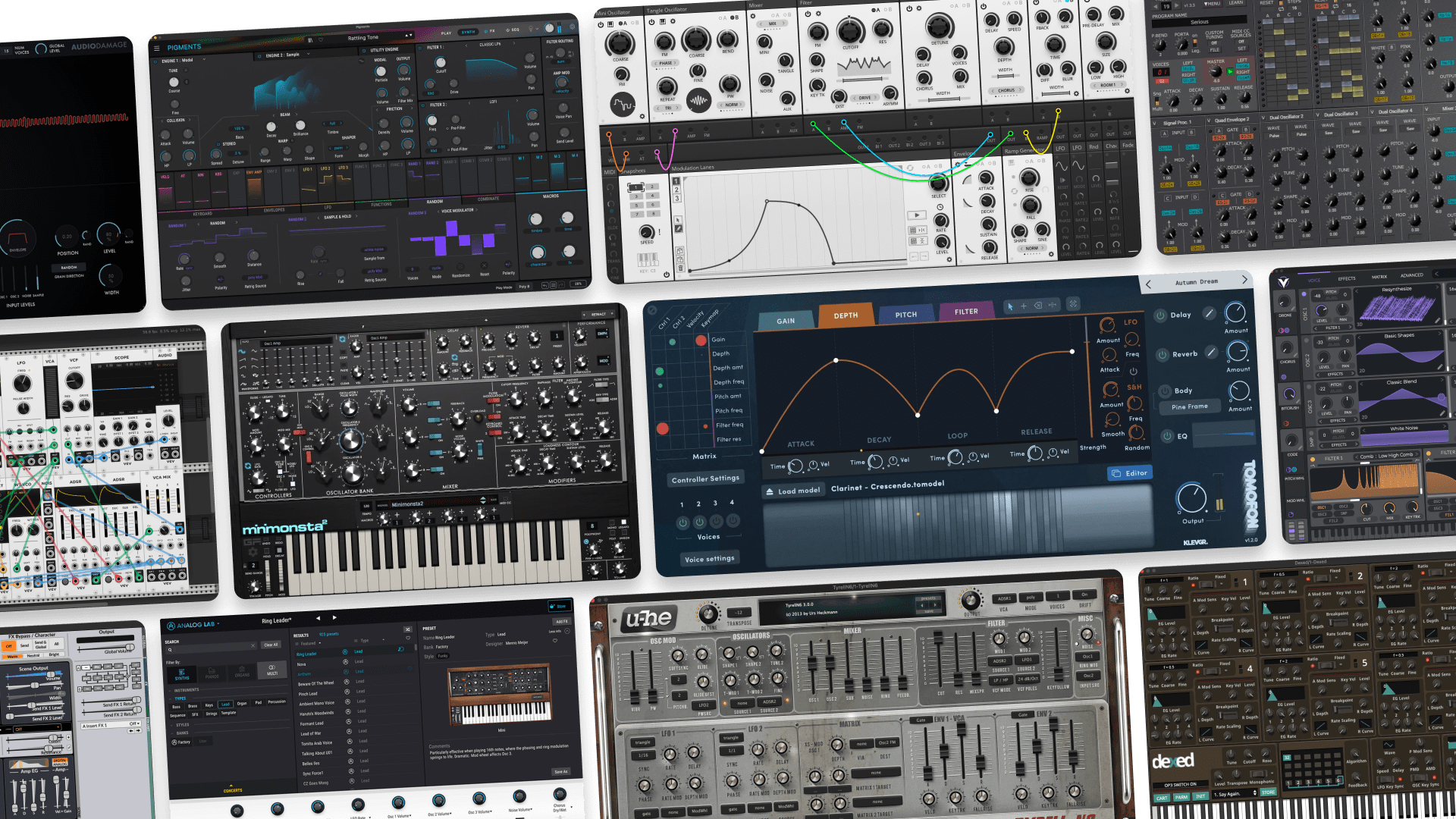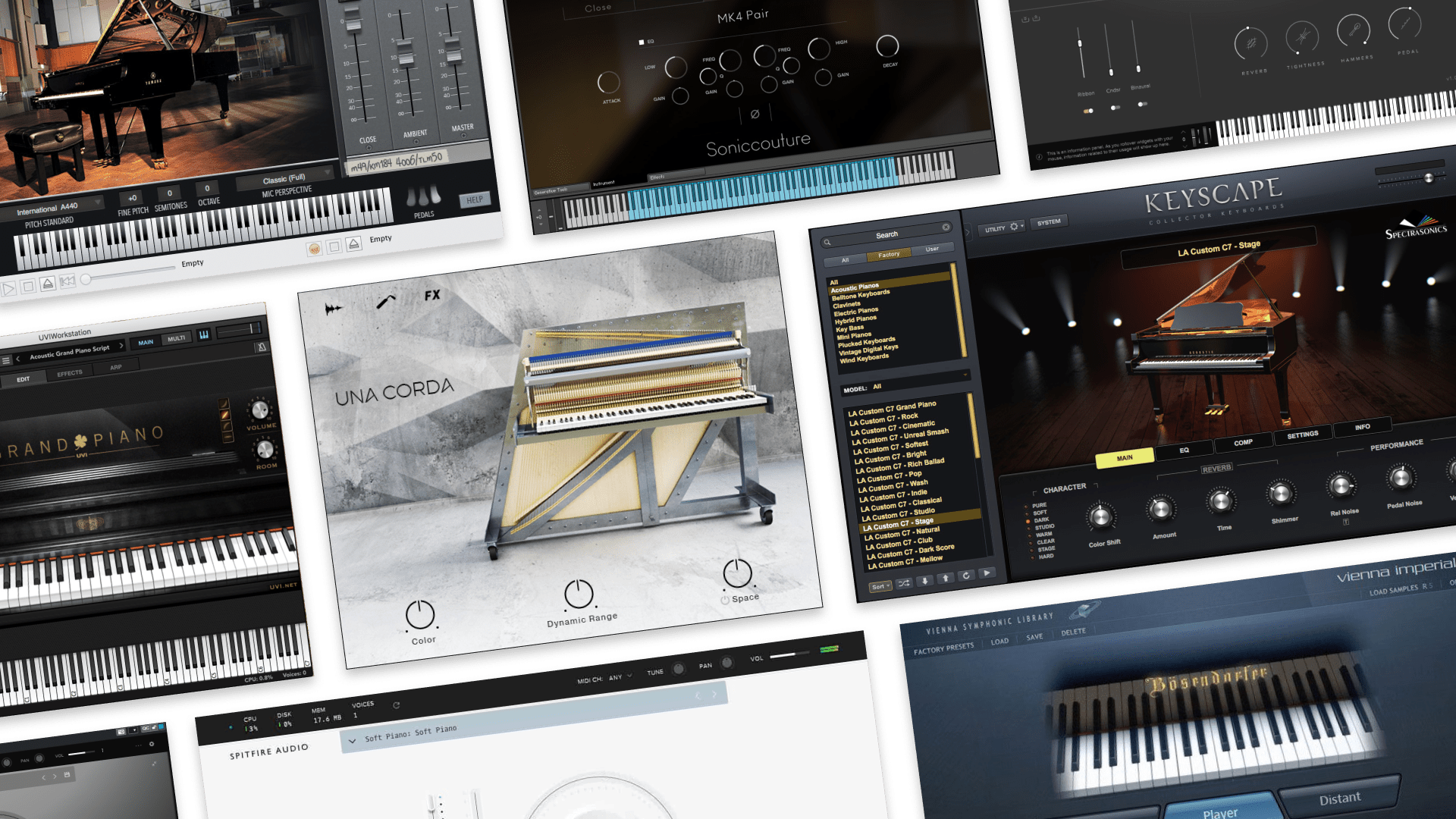
Akai MPC: What You Need to Know About the Legendary Groove Box
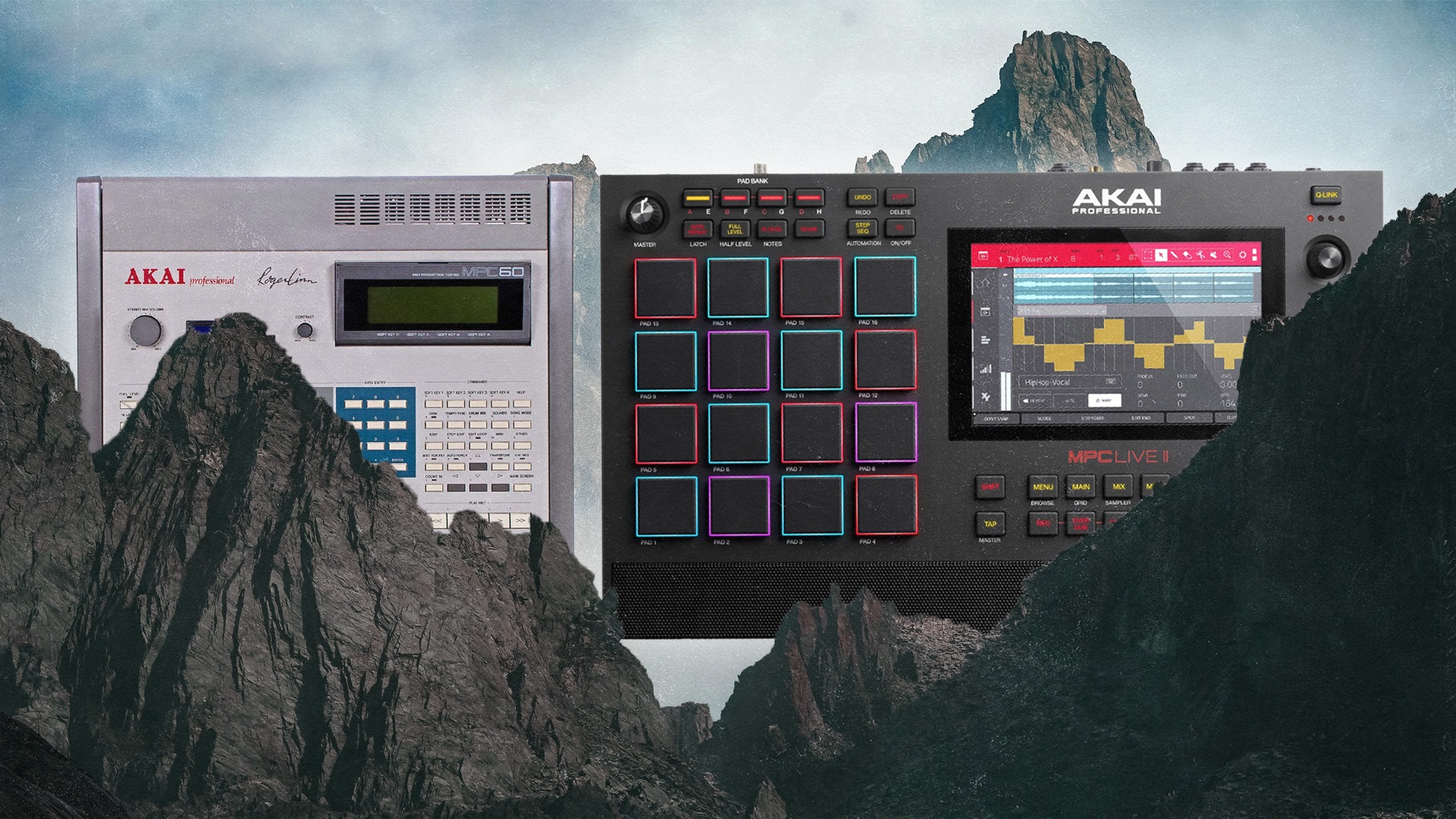
Many instruments have changed the course of music history—technology and music have always been intertwined. Arguably the instrument that most defined music production in the 90s was the Akai MPC.
The legendary groove box has earned its place among game-changing, genre-defining music gear like the TR-808 and the SP-1200.
Arguably, it marked the single biggest step forward toward the modern DAW that exploded in popularity 2000s. Ableton and Logic owe a lot to the workflow and interface of the original MPC.
That’s why it remains one of the most sought-after pieces of music production gear—whether you’re looking for a modernized new MPC or vintage one on used gear sites.
In this article, we’ll explore the MPC in-depth—from its beginnings to where it lies in the music production gear landscape today.
Hot Tip: Like this kind of music gear content? Keep up to-date with everything that’s new and interesting in the world of music gear. Subscribe to our newsletter and never miss any of our articles.
Never miss a post from the LANDR Blog.
Get the newsletter weekly.
A brief history of the MPC
MPC stands for Music Production Computer. The original MPC launched with its first model the MPC60 in 1988. Notably, the first version was worked on by Roger Linn, creator of the LinnDrum.
The goal for Roger and Akai was to build something that was more user-friendly, and didn’t require the user to immediately dive into a manual—instead, the MPC was built to help users make sounds right away.
Akai also placed a major focus on making the MPC manufacturable at lower costs—bringing the price of the original MPC to half of that of comparable drum machines on the market in the early 90s.
Its further updates with the MPC60 MkII and beyond (MPC2000, MPC3000, etc) brought additional features at an affordable price.
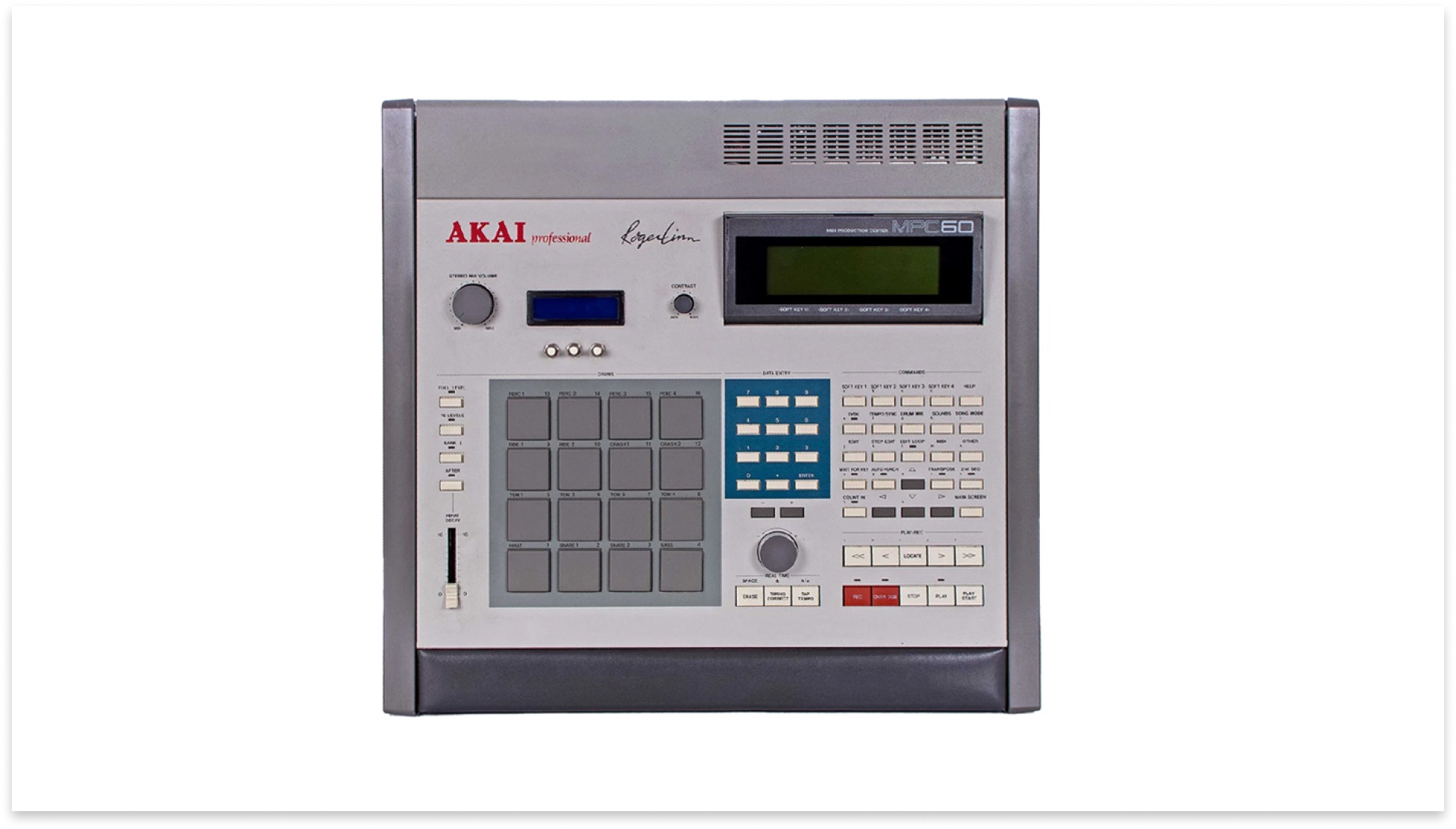
Why did producers love the Akai MPC so much?
There are many reasons why the MPC caught on so quickly. Primarily, it was more affordable than other machines of its time—so anyone could save up and purchase one.
But beyond its reasonable price, the machine was just incredibly useful for a wide variety of reasons.
Intuitive sampling and sample chopping
The MPC had a good amount of sample time, so producers could directly record samples from vinyl and tape easily.
With its intuitive sample chopping tool, it was easy and inspiring to turn samples of funk drummers into fast looping breakbeats—or sequence chopped drum samples into hip hop beats.
It’s no wonder that sample packs made with the drum machine are so popular.
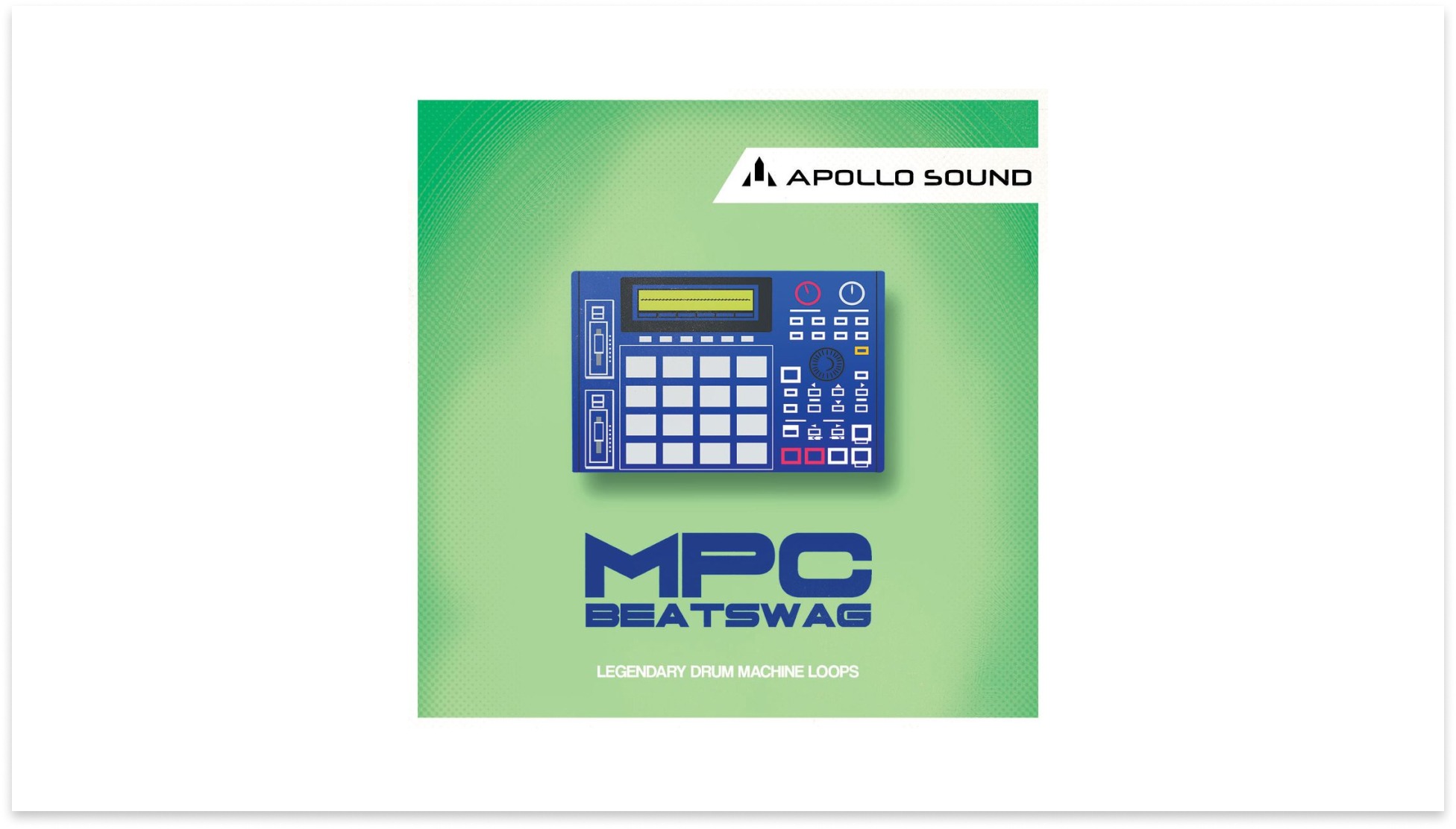
Advanced sequencing and recording
Another particularly important feature of the MPC was its advanced sequencer capabilities.
Rather than locking beats to a programmed grid, the MPC allowed producers to record MIDI and loop rhythms into the sequencer—if they wanted a rigid, straight-sounding beat they could quantize it, but many producers loved the “broken” sounding of off-grid beat recordings.
This ability to manipulate the micro timing of snare, hi-hat and kick hits inspired the legendary producer J Dilla to create his own off-kilter brand of drum programming.
The sequencer in the MPC also worked as MIDI controller and could send MIDI signals via up to 16 channels to any MIDI controllable hardware like synths or drum machines, making it a great tool for controlling and sequencing external gear.
Essentially the sequencer made the MPC the perfect central brain for tabletop hardware setups because you could sequence everything you needed to make an entire track from it.
16 levels
One game-changing tool was its “16-levels” functionality that allowed a producer to arm and record a sample of a piano chord, for example, and then immediately pitch shift and map the sample to its 16 pads chromatically.
This feature opened up tons of opportunities to sample and then create new melodies and chord progressions using interesting pitch-shifted chard—arguably it helped inspire the sound of Detroit house and techno in the 90s.
One game-changing tool was its “16-levels”
That pitched up and down house keys one-shot sound you’ll hear in early house and techno tracks were often created with the MPC. It’s a super popular feature that still comes included in modern versions.
Velocity sensitive pads
The MPC’s finger-controlled drum pads were the best on the market. The way its pads were calibrated gave the real feeling of human input, especially if the producer had drumming and rhythm skills.
The inspiring expressiveness of the MPC’s finger pads made it easy to create interesting, more real-sounding drum parts.
Even today the MPC’s velocity-sensitive touch pads are among the most revered finger pads on the market.
Modern Akai MPCs
The MPC has come a long way since the early days of the MPC60.
Over time new editions of the MPC brought on longer sample time memory, visual interfaces, more effects and added functionality.
2000s-era MPCs like the MPC1000 or the MPC2500 have not lost much of their value and still fetch fairly stable prices on vintage gear sites.
These 2000s-era machines represented the best production option for its time, since the DAW was only just becoming popular—producers like Kanye West, for example, often opted to use the MPC over a DAW since they were that much better.
That’s why buying a vintage MPC, over a modern one is a completely viable option!
The MPC has come a long way since the early days of the MPC60.
But, of course, there’s the modern line of MPCs, the MPC One and MPC Live series which come with touch screen interfaces and essentially replicate everything you’d expect to find in a DAW.
Let’s take a look at the modern flagship MPC models.
Akai MPC Live II
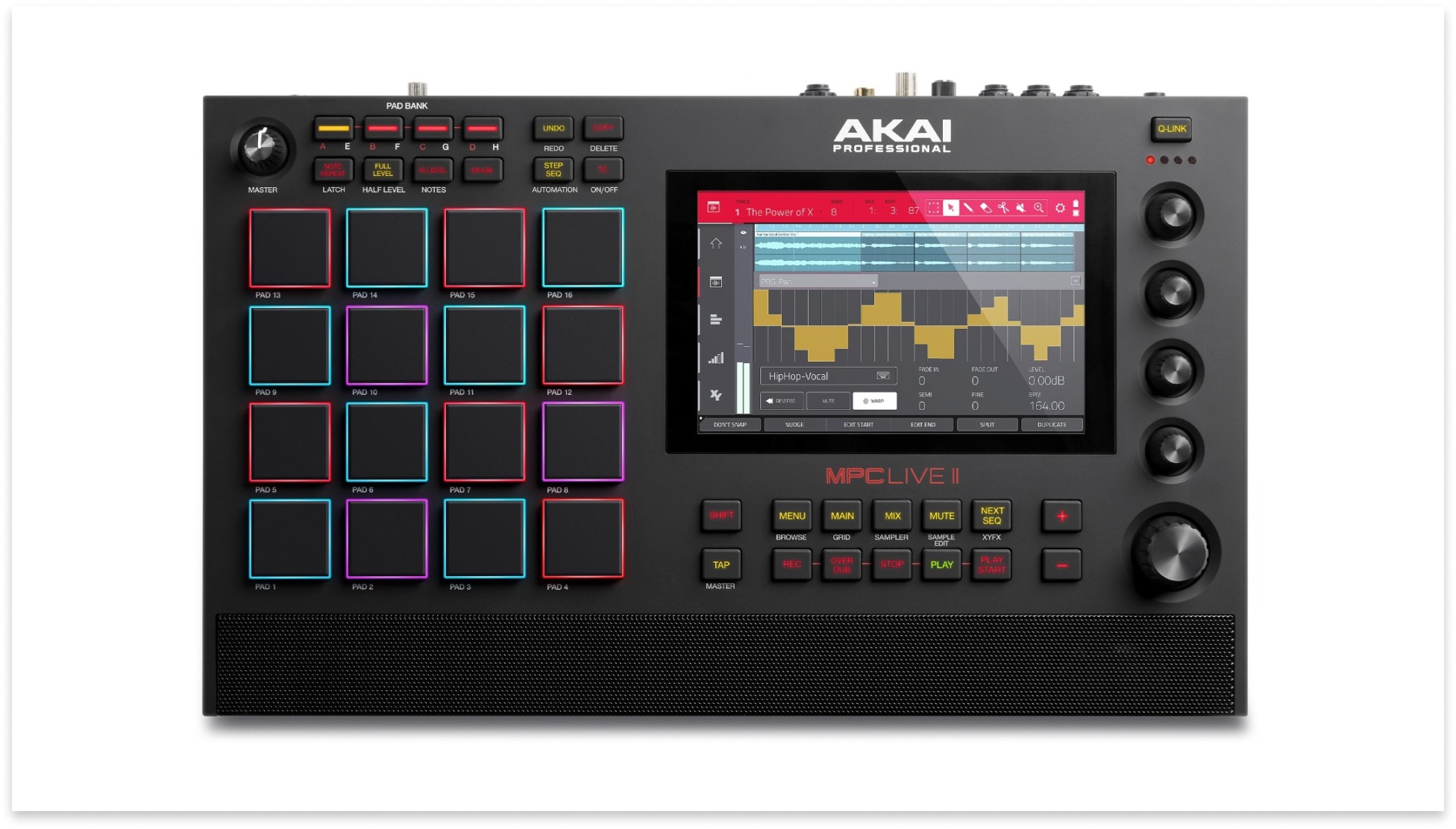
The MPC Live II is Akai’s newest edition of the MPC.
It comes jam-packed with a ton of interesting features—perhaps most notably it is specifically designed for portability with its built-in speaker, battery, wifi connectivity.
The Live II builds on the touch screen functionality that debuted with the MPC X and the MPC Live.
Essentially working as a DAW in a box, the MPC Live II comes with plugins, synths, a huge sample bank and various arrangement views in its touchscreen section.
Of course, the Live II is a sampling powerhouse that makes it easy to create the best possible samples—especially with its phase point system that ensures that any samples are cut at the right place to eliminate phasing issues.
While the groovebox is definitely more oriented to the hip-hop beat maker community, it has a decent amount of functionality.
Like any workflow, there’s a learning curve that takes time to climb—some users have complained about its sequencer and interface which often leads to menu diving.
But all in all, this is a powerhouse central brain that essentially replaces any need for a DAW and is perfect for centralizing and arranging jams on hardware or with samples.
Akai MPC One
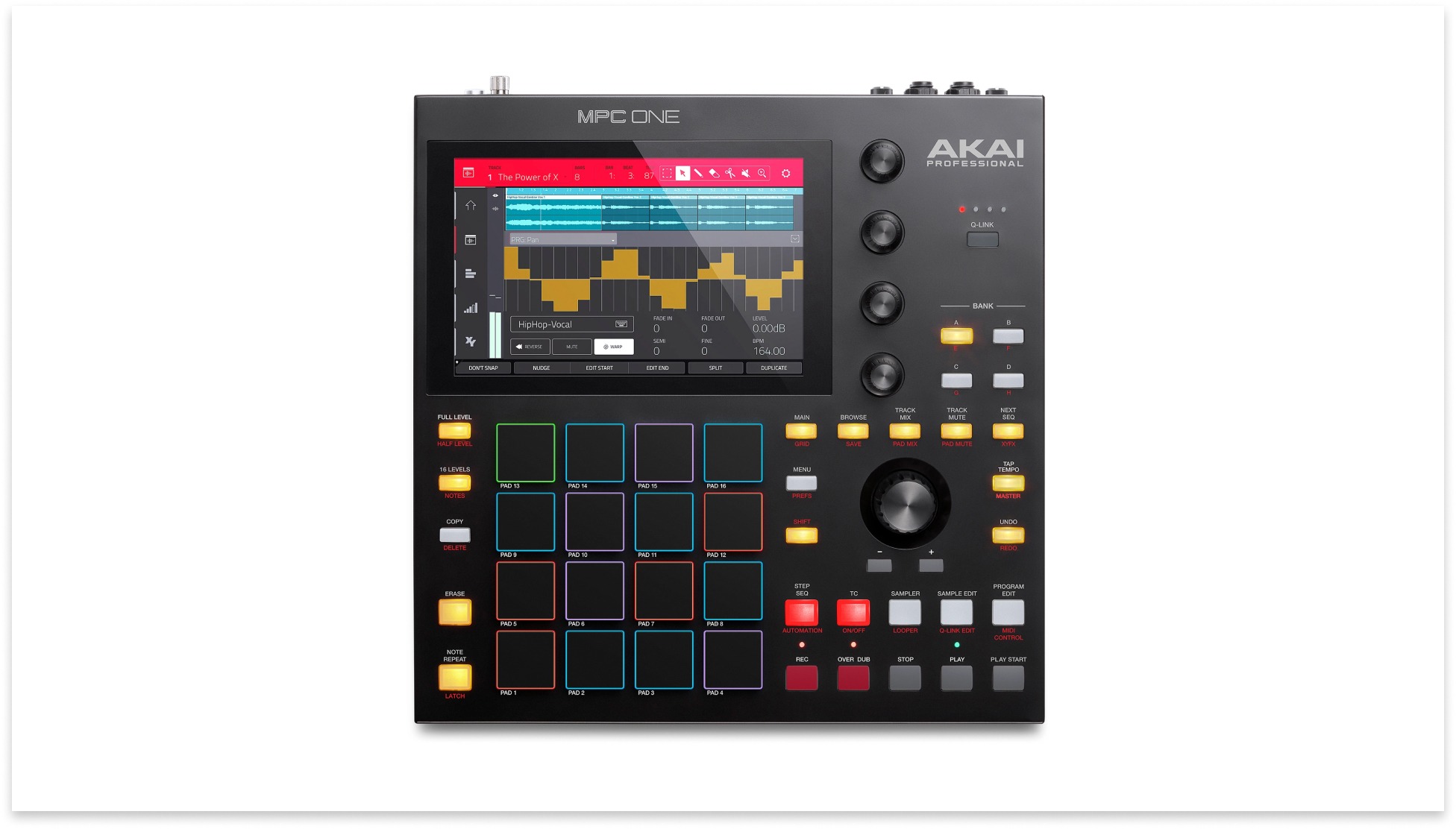
The MPC is the smaller, more affordable modern MPC.
Similar to the MPC Live, it’s best thought of as a DAW in a box, but with a slightly paired-down offering.
It’s best thought of as a DAW in a box.
Notably, it doesn’t have the same portability features and must be plugged in, since it doesn’t come with a battery.
Still, the MPC One comes with tons of functionality—especially in the domain of chopping samples and arranging beats.
Naturally, this lends itself best to hip-hop and electronic producers, especially given the large sound bank it comes with that leans towards this style of production.
The MPC One also supports the same plugins as its live counterpart and can play polyphonic samples, making it a worthy option to be used as both a drum machine and a synth.
Even if you don’t have music theory skills, the MPC One makes playing chords easy with MIDI chord modes and the option to import MIDI data.
This is a great option if you don’t need the portability that the Live II offers and you’re comfortable with its smaller size touch pads and smaller (4GB) memory.
Can’t stop the MPC
Time and time again the MPC has proven itself to be a powerful, all-in-one music production powerhouse that makes it possible to create entire tracks within a single piece of gear.
It’s no wonder that so many producers love the machine—whether that be for its unique workflow, respected pad feel or usefulness as MIDI sequencer.
Now that you know a little bit more about the legendary machine, go to your local music store and try it out for yourself.
Good luck with your MPC endeavors!
Gear guides, tips, tutorials, inspiration and more—delivered weekly.
Keep up with the LANDR Blog.

